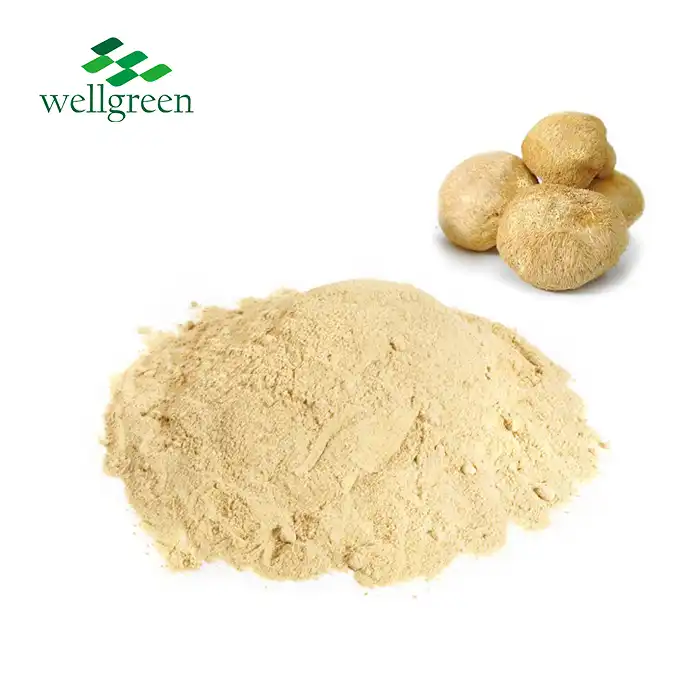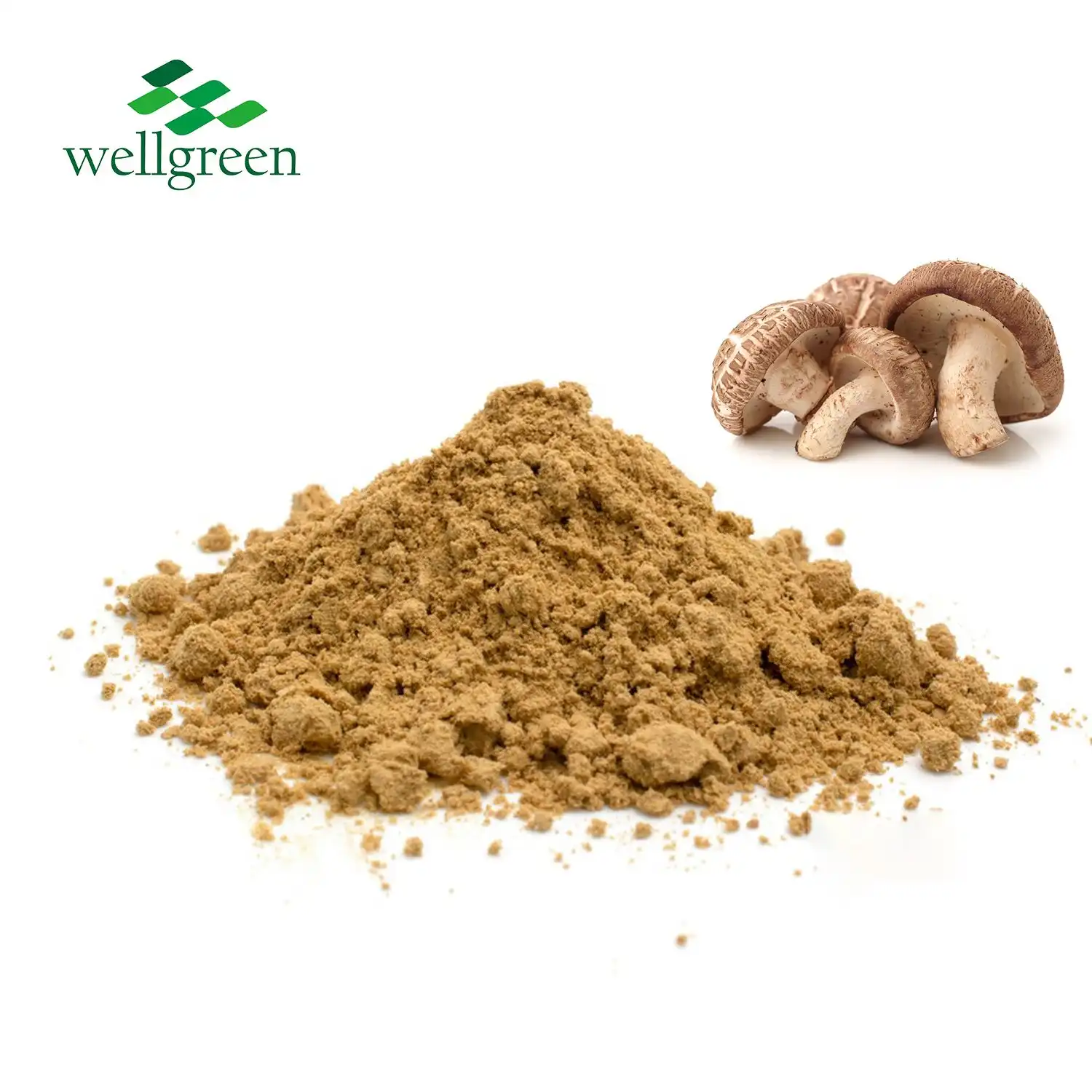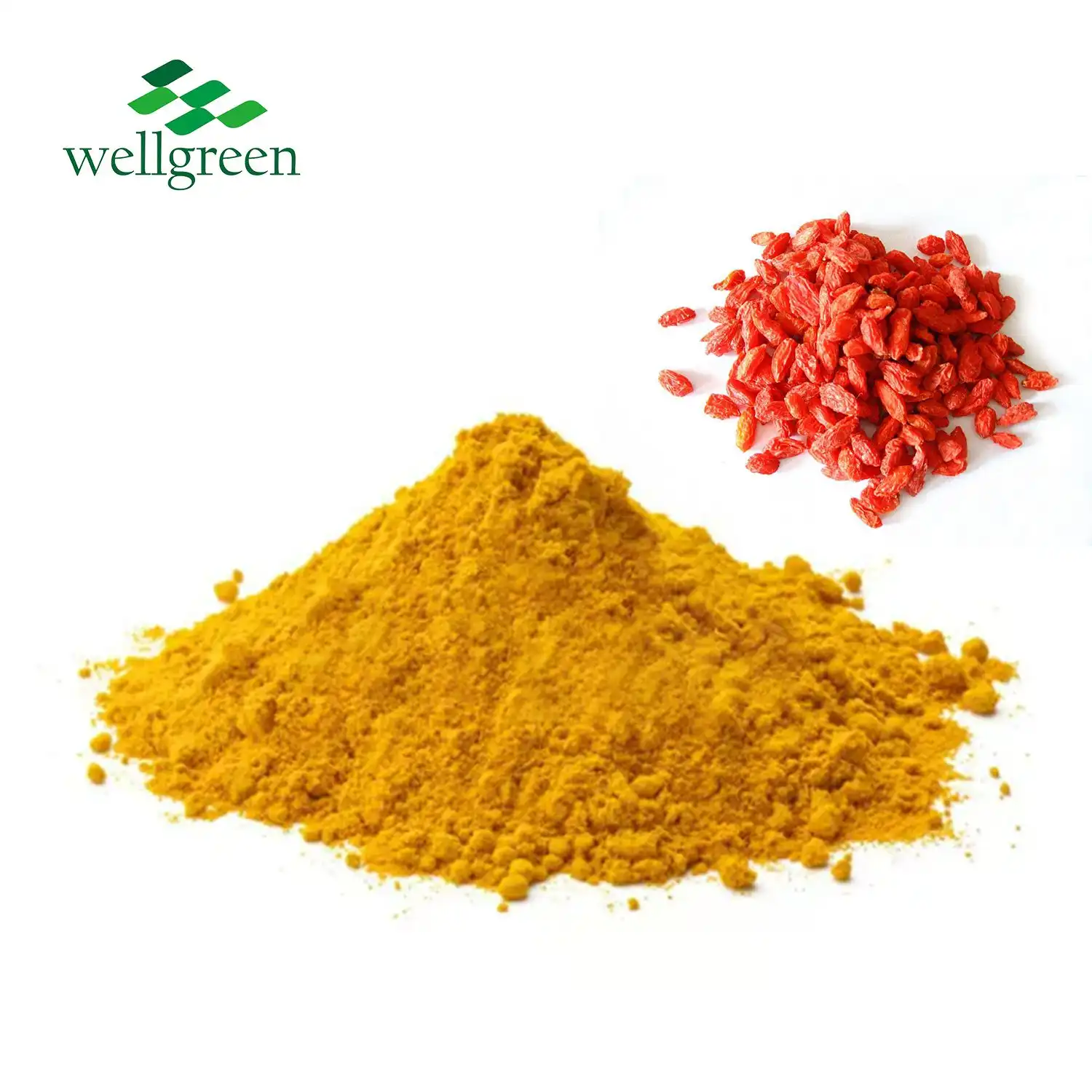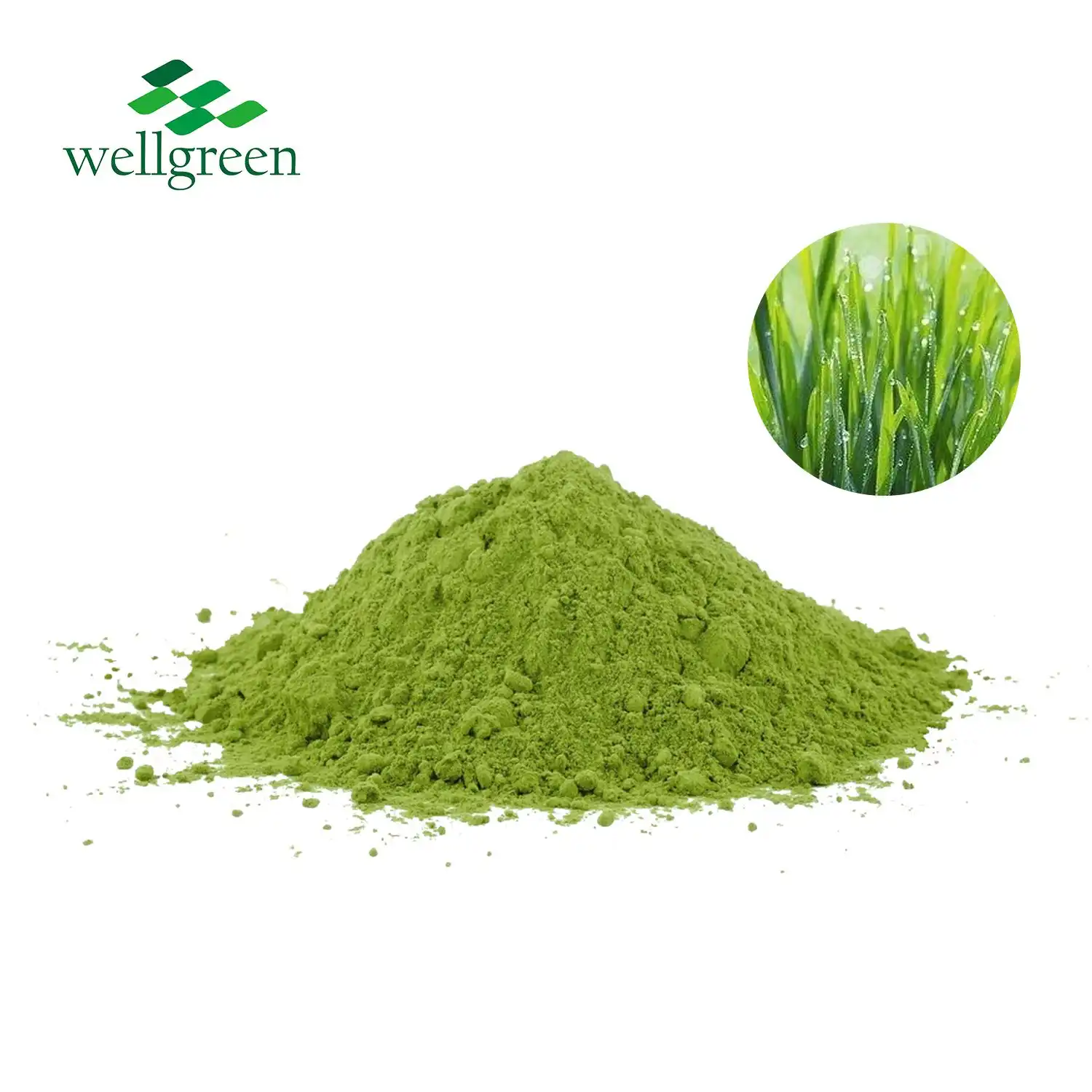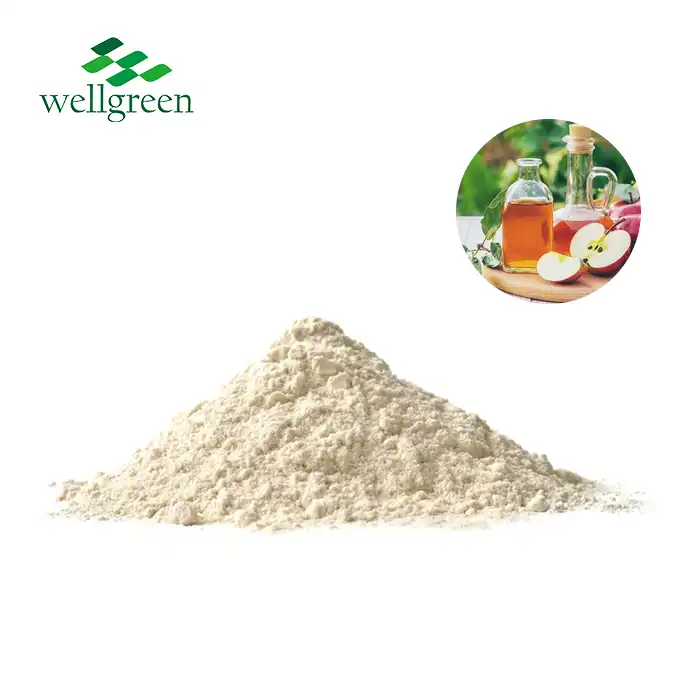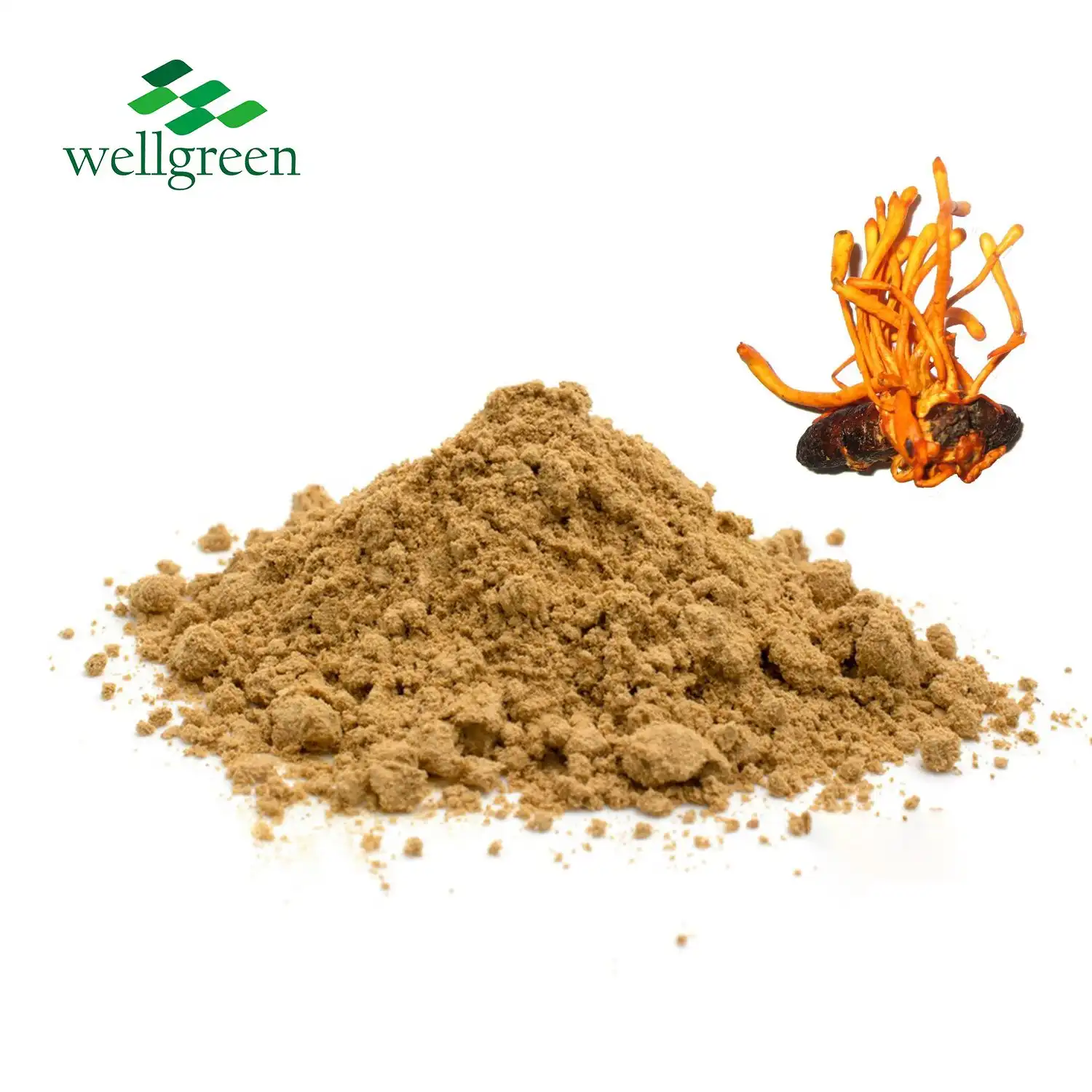How to Store Arborvitae Seed Extract for Maximum Freshness?
2025-04-29 13:40:40
Wondering how to store arborvitae seed extract to keep it potent and fresh? The key lies in maintaining its quality through proper storage techniques. Keep your extract in an airtight, opaque container to shield it from light and air, both of which can degrade its active compounds. Store it in a cool, dry place, ideally at a temperature between 15°C and 25°C, to prevent moisture buildup and oxidation. Avoid exposure to heat sources or direct sunlight, as these can accelerate spoilage. By following these steps, you ensure that the natural properties of arborvitae seed extract remain intact, delivering maximum efficacy for your needs.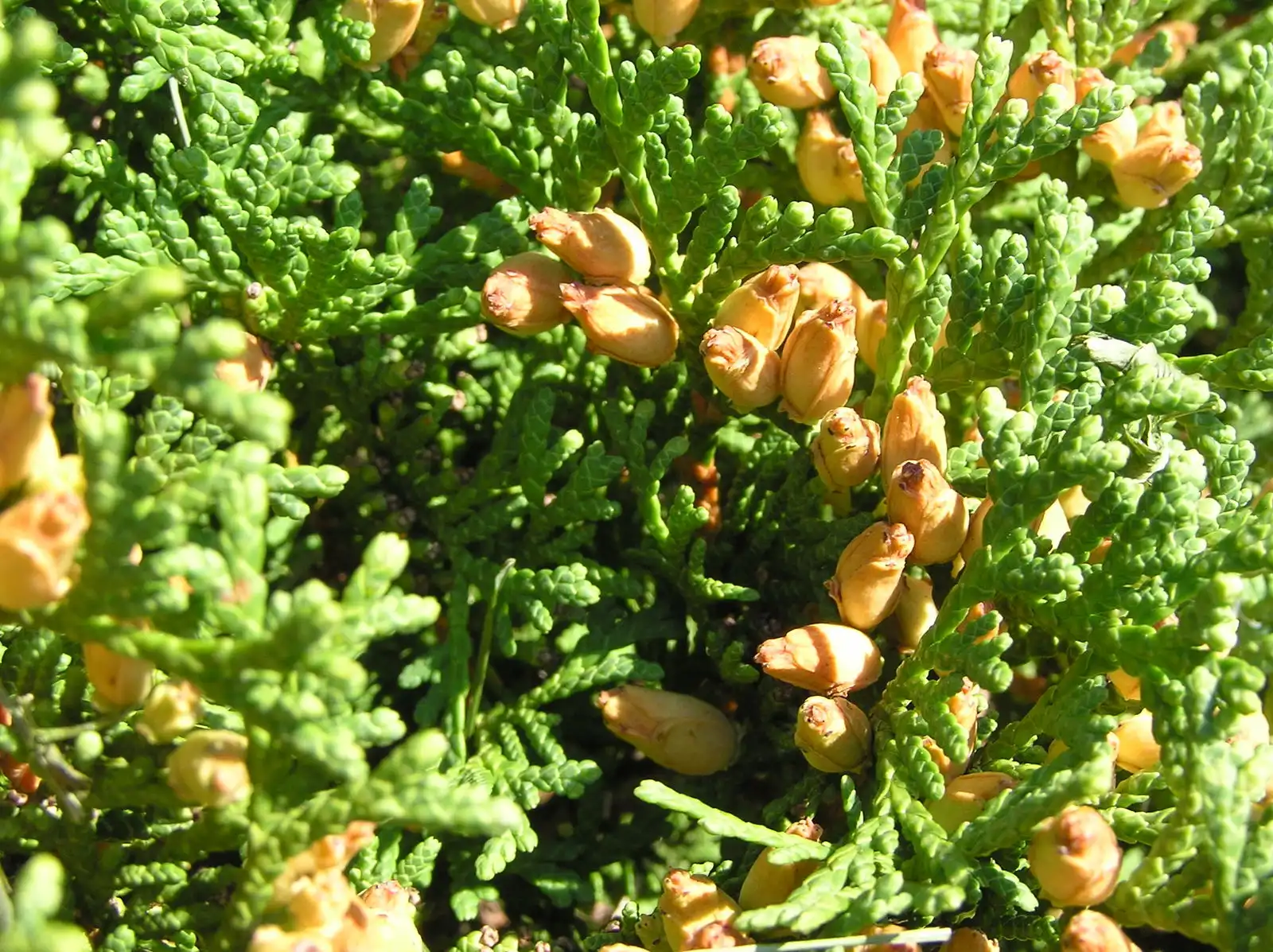
Understanding the Unique Properties of Arborvitae Seed Extract
Before diving into storage techniques, it's helpful to grasp what makes arborvitae seed extract special. This knowledge not only enhances appreciation for the product but also underscores the importance of preserving its integrity.
Origins and Composition of Arborvitae Seed Extract
Derived from the seeds of the arborvitae tree, scientifically known as Thuja occidentalis, this extract is prized for its rich concentration of bioactive compounds. These include flavonoids, terpenoids, and essential oils, which contribute to its antioxidant and antimicrobial properties. Manufacturers, particularly those in the plant extract industry, harness these compounds for use in cosmetics, nutraceuticals, and herbal remedies. The delicate nature of these constituents means that improper handling can diminish their potency, making storage a pivotal concern.
Why Freshness Matters for Efficacy?
The efficacy of arborvitae seed extract hinges on the stability of its active ingredients. Exposure to environmental factors like heat, light, or humidity can trigger oxidation, leading to a breakdown of beneficial compounds. When this happens, the extract loses its ability to deliver desired outcomes, whether it's supporting skin health or acting as a natural preservative. Preserving freshness ensures that the extract retains its therapeutic potential, offering consistent quality to end users.
Common Uses in Industry and Daily Life
Arborvitae seed extract finds its way into a variety of applications, thanks to its versatile properties. In the cosmetic sector, it's valued for its ability to soothe skin and combat oxidative stress. Nutraceutical manufacturers incorporate it into supplements for its potential health benefits. Even in household products, it serves as a natural antimicrobial agent. Understanding these uses highlights the need to maintain its quality, as degraded extract can compromise product performance across these diverse fields.
Optimal Storage Techniques for Arborvitae Seed Extract
Now that the importance of freshness is clear, let's explore the best practices for storing arborvitae seed extract. These techniques are designed to protect its quality, ensuring it remains effective for as long as possible.
Choosing the Right Container
The container you select plays a crucial role in preserving arborvitae seed extract. Opt for airtight, opaque vessels made of glass or high-quality plastic to block out light and air. Amber or dark green glass jars are particularly effective, as they filter out harmful UV rays that can degrade sensitive compounds. Avoid clear containers, as they allow light penetration, which can hasten spoilage. Ensure the lid seals tightly to prevent air from seeping in, as oxygen exposure can lead to oxidation and rancidity.
Controlling Temperature and Humidity
Temperature and humidity are critical factors in maintaining the stability of arborvitae seed extract. Store the extract in a cool, dry environment, ideally between 15°C and 25°C. Excessive heat can accelerate chemical reactions that break down active ingredients, while high humidity can introduce moisture, fostering microbial growth. Avoid storing the extract near heat sources like stoves or radiators, and steer clear of damp areas such as basements or bathrooms. If you live in a humid climate, consider using a dehumidifier in your storage area to keep moisture levels in check.
Protecting Against Light and Air Exposure
Light and air are two of the biggest threats to the longevity of arborvitae seed extract. UV light can degrade its bioactive compounds, while oxygen exposure can trigger oxidation, leading to a loss of potency. To combat these risks, store the extract in a dark place, such as a cupboard or pantry, away from windows or direct sunlight. When handling the extract, minimize the time the container remains open to reduce air exposure. If possible, use smaller containers to limit the amount of air trapped inside, especially if you're storing large quantities over an extended period.
Avoiding Common Storage Mistakes
Even with the best intentions, it's easy to make mistakes that can compromise the quality of arborvitae seed extract. By being aware of these pitfalls, you can take proactive steps to avoid them and ensure your extract remains fresh and effective.
Misjudging Storage Locations
One common error is choosing an inappropriate storage location. Many people store plant extracts in places that seem convenient but are actually detrimental, such as near windows, on kitchen counters, or in refrigerators. While refrigeration might seem like a safe bet, it can introduce condensation, especially if the container isn't perfectly sealed, leading to moisture damage. Similarly, kitchen counters often expose the extract to fluctuating temperatures and light. Instead, select a stable, dark, and dry spot that maintains a consistent environment, ensuring the extract's longevity.
Overlooking Container Quality
Another frequent mistake is underestimating the importance of container quality. Using substandard or improper containers can expose arborvitae seed extract to air, light, and moisture, all of which degrade its quality. Avoid reusing old food containers, as they may not provide an airtight seal or could retain odors that contaminate the extract. Invest in high-quality, purpose-made storage vessels designed for preserving sensitive substances. Regularly inspect containers for signs of wear, such as cracks or warped lids, and replace them as needed to maintain optimal protection.
Ignoring Shelf Life and Usage Patterns
Failing to monitor shelf life and usage patterns can also lead to wasted or spoiled arborvitae seed extract. Even under ideal storage conditions, the extract has a finite lifespan, typically ranging from one to two years, depending on its formulation and packaging. Keep track of the date you opened the container and use the extract within its recommended period. If you only use small amounts infrequently, consider purchasing smaller quantities to avoid prolonged storage, which increases the risk of degradation. Label your containers with purchase or opening dates to stay organized and ensure timely use.
Conclusion
Storing arborvitae seed extract properly is essential to preserving its potency and ensuring it delivers its full range of benefits. By using airtight, opaque containers, controlling temperature and humidity, and protecting against light and air exposure, you can maintain its freshness for as long as possible. Avoiding common storage mistakes, such as choosing the wrong location or ignoring shelf life, further enhances its longevity. With these practices, you'll maximize the efficacy of this valuable plant extract, whether it's used in cosmetics, nutraceuticals, or other applications.
Contact Us
Ready to source high-quality arborvitae seed extract or learn more about our premium plant extracts? Xi'an Wellgreen, a professional manufacturer and supplier, offers GMP-certified products, large inventory, and fast delivery. Contact us today at wgt@allwellcn.com for more information or to place an order!
References
1. Smith, J. A. (2022). Preservation Techniques for Plant Extracts: Ensuring Longevity and Potency. Journal of Natural Product Research, 45(3), 210-225.
2. Patel, R. K. (2021). Bioactive Compounds in Arborvitae: Chemistry and Applications. International Journal of Phytochemistry, 12(4), 301-315.
3. Lee, H. S. (2020). Storage Stability of Seed Extracts: Environmental Factors and Best Practices. Botanical Science Review, 38(2), 145-160.
4. Kumar, V. (2019). Antioxidant Properties of Thuja occidentalis Extracts: A Comprehensive Study. Journal of Herbal Medicine, 25, 88-97.
5. Brown, E. M. (2023). Packaging Solutions for Sensitive Botanical Extracts. Advances in Packaging Technology, 19(1), 55-70.
6. Nguyen, T. L. (2021). Environmental Impacts on the Stability of Plant-Derived Compounds. Journal of Environmental Chemistry, 33(5), 420-435.

